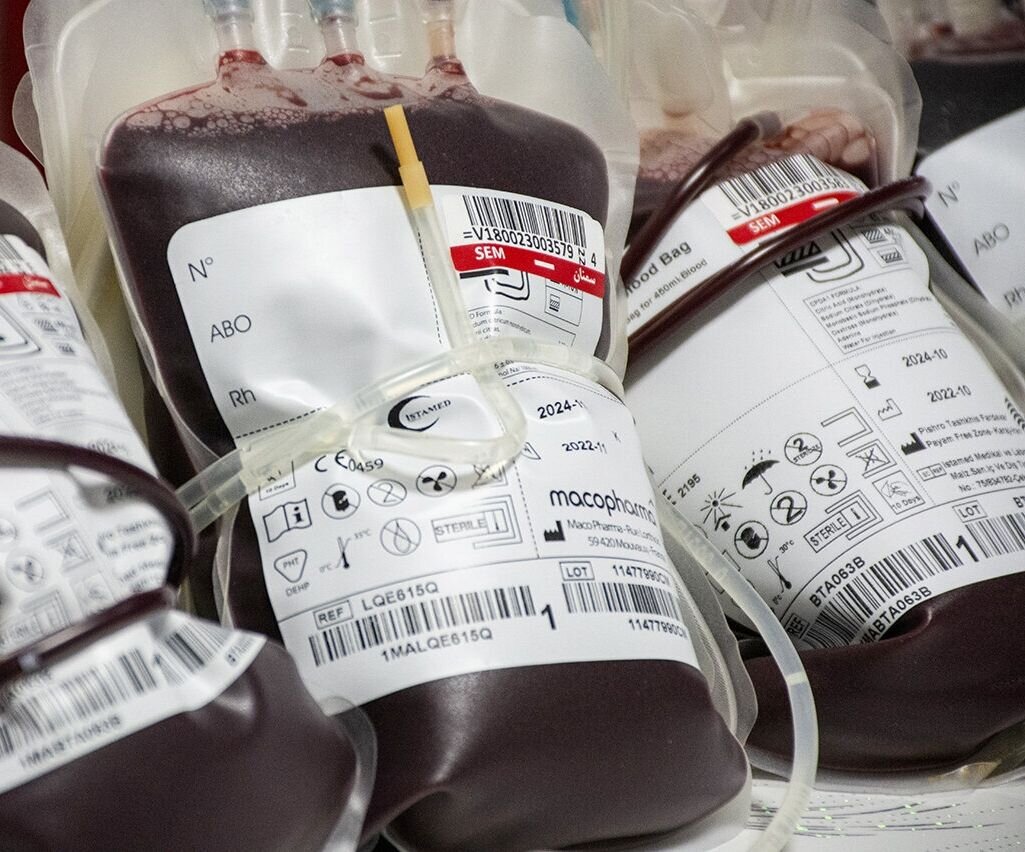Blood donation rises by 4.7% year on year

TEHRAN –A total of 2,327,997 Iranians donated blood over the past Iranian calendar year (March 2023-March 2024), an increase of 4.7 percent compared to the year earlier.
Tehran and Fars provinces made the largest contributions accounting for more than 16 percent and more than 7 percent of the total blood donation, respectively, IRNA quoted Bashir Haji-Beigi, the Blood Transfusion Organization spokesman, as saying.
Last year, the highest growth in blood donation was recorded in the province of Lorestan with 22 percent, followed by North Khorasan with 16 percent, and Kohgiluyeh and Boyer-Ahmad with approximately 13 percent.
The overall blood donation rate was over 54 percent in the country last year with Semnan (69 percent), Yazd (64 percent), and Qom (63 percent) provinces ranking the highest.
Women’s share of blood donation was equal to four percent. A total of 102, 907 women donated blood which had increased compared to the previous year. However, women are expected to get more involved in blood donation.
Women in Lorestan province, nine percent, had the highest contribution followed by North Khorasan, almost eight percent, and Sistan-Baluchestan, over seven percent.
Last year, the blood donation rate reached 27 per thousand people. The highest rate was recorded in Mazandaran province with over 40,000 people donating blood. Semnan province, over 39,000, and Yazd province ranked second and third.
Blood donation in Iran
The average blood donation rate in Iran is 26 per thousand people which places the country in a good situation among other countries.
According to the World Health Organization, the median blood donation rate in high-income countries is 31.5 donations per 1000 people. This compares with 16.4 donations per 1000 people in upper-middle-income countries, 6.6 donations per 1000 people in lower-middle-income countries, and 5.0 donations per 1000 people in low-income countries.
Of the 118.5 million blood donations collected globally, 40% of these are collected in high-income countries, home to 16% of the world’s population.
In low-income countries, up to 54 % of blood transfusions are given to children under 5 years of age; whereas in high-income countries, the most frequently transfused patient group is over 60 years of age, accounting for up to 76% of all transfusions.
Based on samples of 1000 people, the blood donation rate is 31.5 donations in high-income countries, 16.4 donations in upper-middle-income countries, 6.6 donations in lower-middle-income countries, and 5.0 donations in low-income countries.
In the past Iranian calendar year, which ended on March 20, some 2.223 million blood donations were registered across the country, an increase of 9.3 percent compared to the year before.
MT/MG
